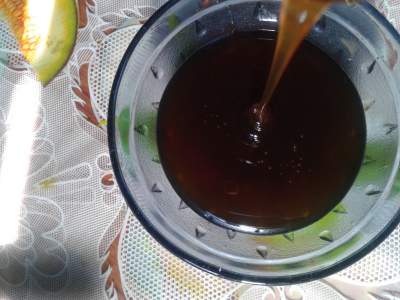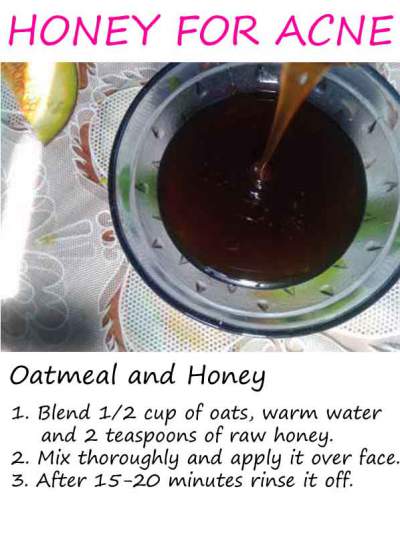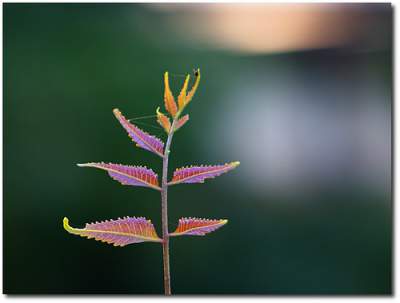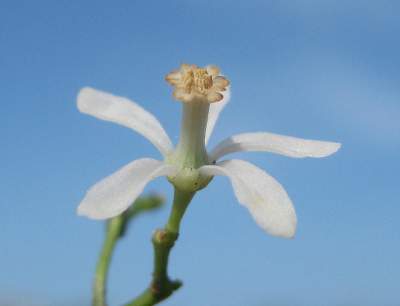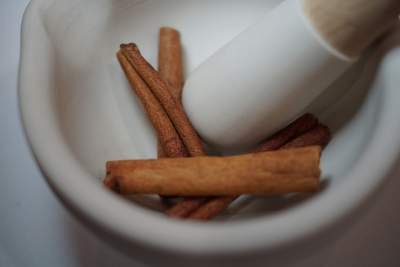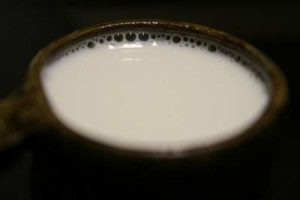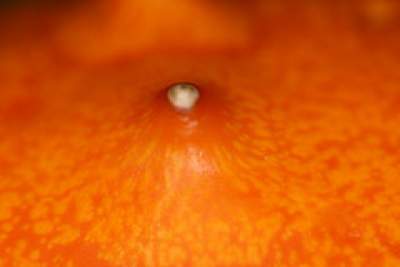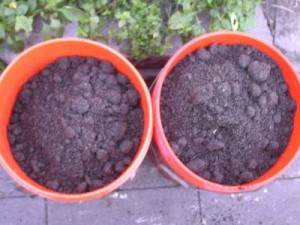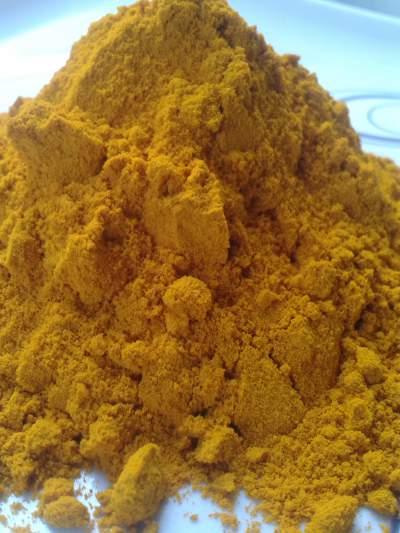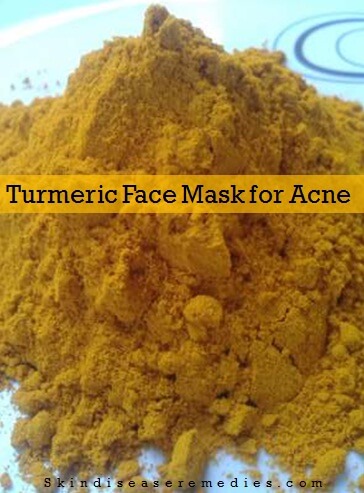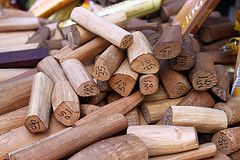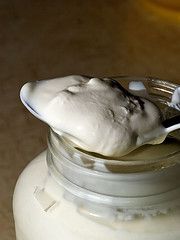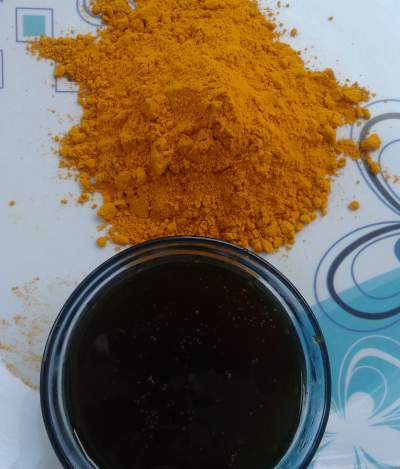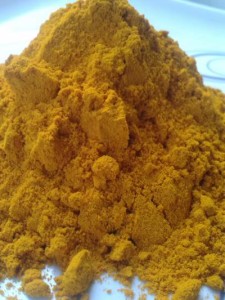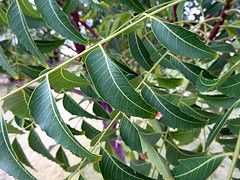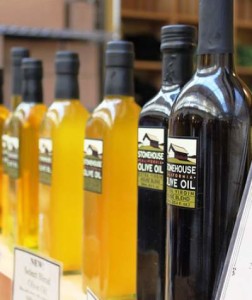Everyone yearns to have smooth and glowing skin. Girls are more concerned about their looks than boys. Cosmetic world knew this open secret, so they’re striving to come up with an effective cream. But unfortunately they add chemical ingredients to preserve and for aroma.
These chemical ingredient products may turn dangerous to your sensitive skin, so beauty experts prefer natural remedies as they don’t have any side-effects. Honey and baking soda face mask is one such innate home remedy that is cost effective and makes your skin supple.
The earth’s oldest sweetener honey is renowned for its healing properties. Even religious books include exceptional benefits of honey. Apart from consuming it, you can topically apply it over face or skin to enhance its healthy functioning.
Honey and Baking Soda
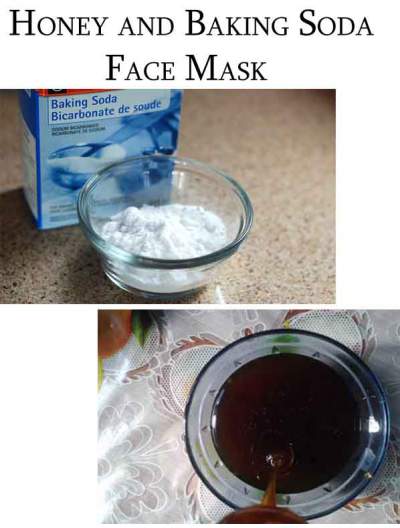
Raw honey alone is sufficient to make your skin free from skin ailments; but you can optionally add baking soda for serious skin disorders. Abrasive property of baking soda helps to clean dirt and dead cells piled over the face.
While humectant properties in honey lock moisture around the skin, nutrients in baking soda or sodium bicarbonate exfoliates dead cells.
Approximately, you shed one million dead cells in 24 hours. All these cells accumulate over your skin along with other impurities from the surrounding. Excess sebum gets clogged with these impurities to form blackheads. So, baking soda face mask helps to exfoliate your skin.
As properties residing in baking soda can wipe moisture around the skin and make it dry, its recommend to limit its use or apply natural moisturizer after treating with this face mask.
- Exfoliants in baking soda removes dirt (oil, dead cells and pollutants) accumulated over your face.
- Moisturizing agents in honey hydrates your face and enhances collagen production. It also helps to get rid of dry itchy patches over the skin.
- Antiseptic agents residing in raw honey fight bacterial and fungal infection.
- Antioxidants in honey thwart free radicals and anti-inflammatory properties reduce acne inflammation.
- Assorted properties packed in honey stimulate fast healing of minor burns, injuries and other skin ailments.
- Baking soda regulates pH level of the skin and controls excess production of sebum.
- Together baking soda and honey can exfoliate your skin and treat acne blemishes.
How to Make Honey and Banking Soda Face Mask at Home
Ingredients in this face mask are available right now in your kitchen. Regularly using this face mask can make your skin free from infections. Apart from treating acne and other ailments, this face mask turns your dull skin to bright. All these benefits come for very cheap price.
Prefer raw or organic honey over processed honey and limit baking soda as it may make your skin sensitive.
- Take 4 table spoons of pure baking soda in a clean container.
- Add 1 table spoon of raw honey to it and mix thoroughly.
- Optionally add water to make paste like consistency.
- Wash your face and pat dry before applying this mask.
- Using your clean fingers topically apply the face mask avoiding eye and nostrils.
- Let it dry for few minutes and then rinse it off or wipe with wet cloth.
Optionally, apply natural moisturizer like olive oil or jojoba oil to hydrate the skin.
Honey and Baking Soda for Acne
Antimicrobial and bleaching properties housed in lemon juice can restrain P.acnes and lighten acne scars. Acidic nature of lemon can make your skin dry, so limit its use if you see dry skin.
- Pour 2 table spoon of baking soda in a small bowl.
- Mix 1 table spoon of honey and 2-3 drops of lemon juice to it thoroughly.
- Now, wash acne affected area with lukewarm water or expose it to steam. Clogged acne pores open up.
- Apply the face mask over the skin and leave it for 15-20 minutes.
Apply this face mask 2-3 times a week. Stop using this mask if you see allergic reaction over the skin.

